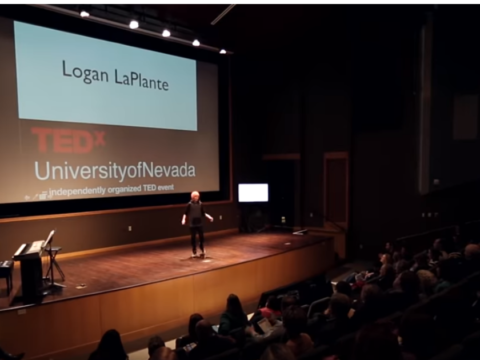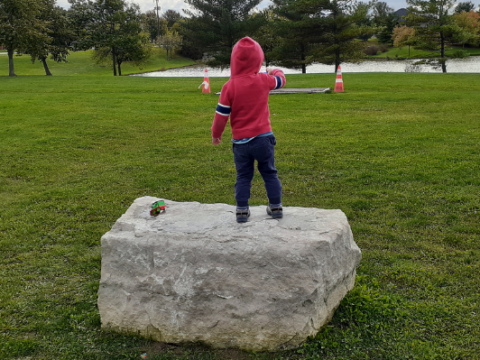When Blue’s Clues premiered in 1995, it was truly unique and revolutionized preschool television with the use of something called the Four-Beat Pause. It worked this way, Steve, the host of the show, would break the fourth wall and ask the viewer a question. He would then pause and give the chance for the viewer to verbally answer him.
“The Pause was a way to do interactivity for preschoolers-a simple, low-tech approach which a ‘game show’ spin for the entire twenty-two minutes of an episode.”
It worked for television so it can work whenever we have to deal with children. A four-beat pause can feel ridiculously long for us as educators and parents, but here is why we should use it . . .
By employing the Pause . . . we are supporting the cognitive development because preschoolers, like any other man, woman, or child, love to feel heard. Preschoolers are empowered by by the fact that their favorite characters Pause and wait long enough for them to absorb information, formulate a response, and actually state their point of view. The Pause does wonders from a child development perspective.
In her book Preschool Clues, Angelo C. Santomero, co-creator of the show, calls this the Pausing Philosophy.
Whether in kids’ media or real life, this idea of being interactive and taking the role of an active listener is what I like to call the pausing philosophy, a philosophy that addresses a preschooler’s feelings of being powerless, models empathy, and supports them in learning to understand their feelings and the feelings of others. By listening to and caring about what preschoolers have to say, parents and teachers reinforce the idea that (a) our children have value, (b) our kids’ feelings are important, and (c) our kids’ voices deserve to be heard. And just like anything else, its success depends on how we Pause and interact and with what content when utilizing this tool in our everyday lives.
She also talks about the power of play
“In play, preschoolers are employing all their senses and practicing all levels of education-from using language to communicate with others and developing critical and flexible thinking to solving problems and working on fine motor skills through activities like drawing and gross motor skills in riding trikes and running. But the most important aspect of play-one that cannot be underestimated-is that a child’s sense of autonomy, initiative, and industry is rooted in intrinsic motivation and active engagement.”
There are several suggestions in the book about how you can take what your kid is interested in and turn it into engaging play. As homeschoolers, we are not bound by a specific curriculum. We can find ways to tap into the unique interests of every child that we have. It can be a lot of work, but it can also be inspiring, personal, engaging, and meaningful. That is the power of homeschooling.





